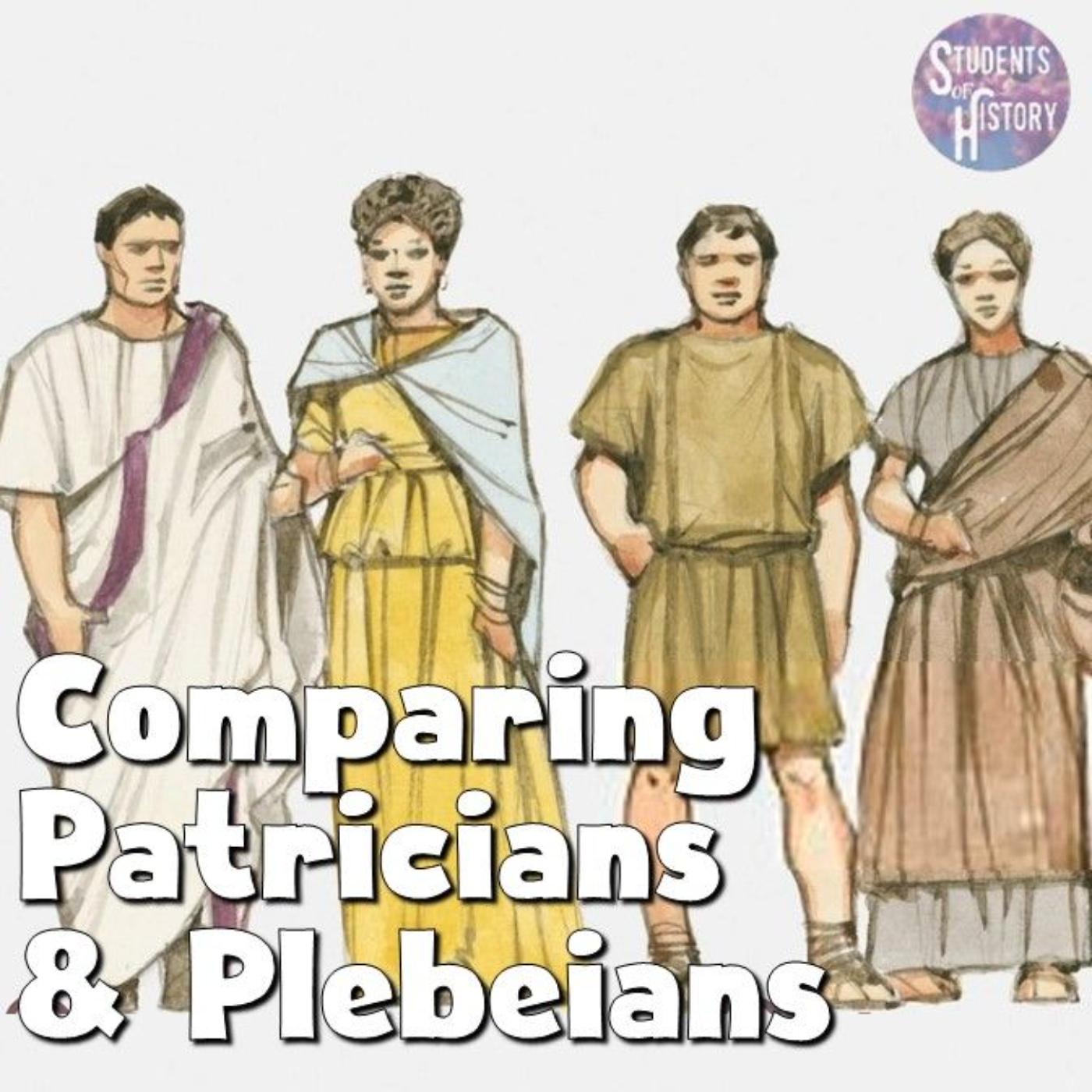Comparing Patricians and Plebeians

Ancient Roman history shows that Rome had three different political periods.
The first period was known as the Regal Period (753-709 BCE) which began with the founding of the city of Rome and lasted until their last king was overthrown in 509 BCE. This began the period known as the Roman Republic (509-27 BCE), which culminated with the Roman Empire (27 BCE-476 CE).
During these periods, society was divided into two classes known patricians and plebeians.
Patricians monopolized all the power in Rome, and plebeians were becoming more and more upset.
Between 500-287 BCE Rome experienced struggle between the classes in what is known as the Conflict of the Orders.

The patricians were the wealthy land-owning noble class in Rome. They often owned enslaved people who would work their farms for them. To gain more wealth and power, patricians would take plebeian land and employ their slaves to work the land.
The patricians inherited their power and held almost all the important government positions such as the consuls. However, only males could vote. In early Rome, patricians were the only ones who could hold political or religious office.
The plebeians were the commoners in Rome and had the highest population in society. They included merchants, farmers, and craft workers. Many lived in apartments above or behind their shops and rented the stories above it.
The plebeians almost left Rome to form their own society, but the patricians needed them for military power.
After the Conflict of the Orders, the patricians allowed the plebeians to participate in politics and gain political offices and power in society. The plebeians elected tribunes to give them a voice in government. However, the patricians still held most of the power.
Although both classes were considered citizens of Rome, the patricians and plebians rarely married between the classes. In both patrician and plebeian society, males were heads of the family.
These could be the father, grandfather, or uncle. He was referred to as pater familias, or father of the family. Both classes also honored the elderly and granted women no rights in society.
This meant that women were not allowed to vote, hold political office or gain political power. However, both classes owned slaves and worshipped the same gods.